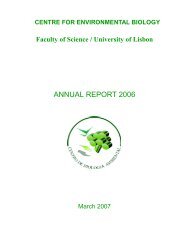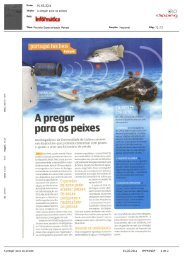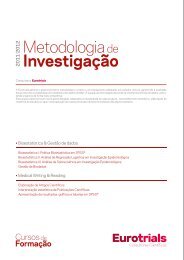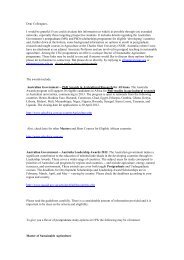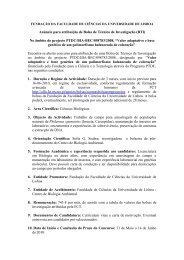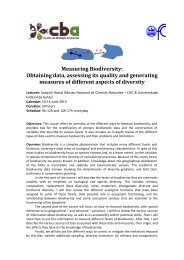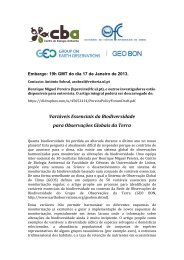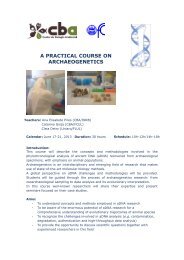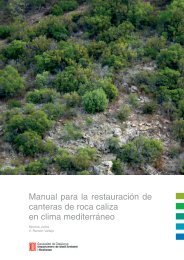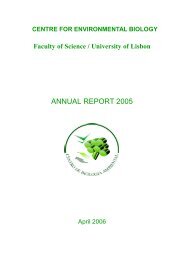European Red List of Vascular Plants - European Commission
European Red List of Vascular Plants - European Commission
European Red List of Vascular Plants - European Commission
Create successful ePaper yourself
Turn your PDF publications into a flip-book with our unique Google optimized e-Paper software.
1. Background<br />
1.1 The <strong>European</strong> context<br />
Europe is one <strong>of</strong> the seven traditional continents <strong>of</strong><br />
the Earth, although physically and geologically it is the<br />
westernmost peninsula <strong>of</strong> Eurasia. Europe is bound<br />
to the north by the Arctic Ocean, to the west by the<br />
Atlantic Ocean, to the south by the Mediterranean Sea,<br />
and to the southeast by the Black Sea and the Caucasus<br />
Mountains. In the east, Europe is separated from Asia by<br />
the Ural Mountains and the Caspian Sea (see Figure 1). It<br />
is the world’s second-smallest continent in terms <strong>of</strong> area,<br />
covering approximately 10,400,000 square kilometres<br />
(4,010,000 square miles) or 2% <strong>of</strong> the Earth’s surface. In<br />
terms <strong>of</strong> human population, Europe is the third-largest<br />
continent (after Asia and Africa) with a population <strong>of</strong><br />
some 731 million – about 11% <strong>of</strong> the world’s population.<br />
Europe is the most urbanised and, together with Asia,<br />
the most densely populated continent in the world.<br />
The <strong>European</strong> Union, comprising 27 Member States, is<br />
Europe’s largest political and economic entity. It is the<br />
world’s largest economy with an estimated GDP in 2008<br />
<strong>of</strong> 18.9 trillion US dollars (Central Intelligence Agency<br />
2009). Per-capita GDP in many EU states is among the<br />
highest in the world, and rates <strong>of</strong> resource consumption<br />
and waste production are correspondingly high – the<br />
EU 27’s “ecological footprint” has been estimated to<br />
exceed the region’s biological capacity (the total area <strong>of</strong><br />
cropland, pasture, forest, and fishing grounds available<br />
to produce food, fibre and timber, and absorb waste) by<br />
2.6 times (WWF 2007).<br />
The EU’s Member States stretch from the Arctic Circle<br />
in the north to the Mediterranean in the south, and<br />
from the Atlantic coast in the west to the Pannonian<br />
steppes in the east – an area containing a great diversity<br />
<strong>of</strong> landscapes and habitats and a wealth <strong>of</strong> flora and<br />
fauna. <strong>European</strong> biodiversity includes 489 species <strong>of</strong><br />
birds (IUCN 2011), 260 species <strong>of</strong> mammals (Temple<br />
and Terry 2007, 2009), 151 species <strong>of</strong> reptiles, 85 species<br />
<strong>of</strong> amphibians, 546 species <strong>of</strong> freshwater fishes (Kottelat<br />
and Freyh<strong>of</strong> 2007), 20-25,000 species <strong>of</strong> vascular<br />
plants (Euro+Med Plantbase 2006-2011) and well over<br />
100,000 species <strong>of</strong> invertebrates (Fauna Europaea 2004).<br />
The Mediterranean part <strong>of</strong> Europe, which is particularly<br />
rich in plant and animal species, has been recognised as<br />
Figure 1. Regional assessments were made for two areas – geographical Europe and the EU 27<br />
1



